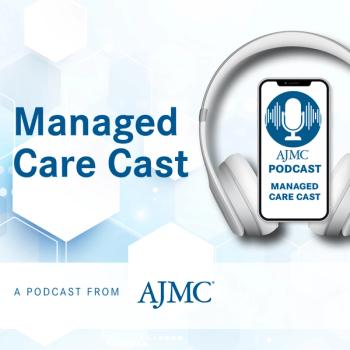
Not All Coronary Blockages Need Fixing: Merrill Stewart, MD

Merrill H. Stewart, MD, Ochsner Health, explains misconceptions about stents and bypass surgery and highlights when cardiac positron emission tomography (PET) stress testing is most appropriate.
Captions were auto-generated.
It is a common misconception that every
In an interview with The American Journal of Managed Care®, Stewart recalled a conversation with a teacher he had more than 20 years ago who said an open artery is better than a closed one, but that extensive research since then shows the body can grow its own bypass arteries. This natural collateral circulation—where the body reroutes blood flow around a blockage—means some patients can live without intervention.
“When we go in and try to start fixing things that aren't actually causing a problem, we actually create more problems than we solve,” Stewart said. “It's taken a long time to realize that.”
This does not apply to everyone, though, and it’s important to know which patients still need to undergo surgery. Part of the challenge, he said, lies in the incentives of the health care system.
“There’s a bias in health care that more is better,” Stewart said. “If you get paid for every bypass procedure and you get paid for every stent, there's not really a disincentive to doing more. But when you're not actually helping people, you need to question, 'Is more better for the system as a whole?'”
This is where cardiac PET stress testing can cause a shift. While more complex and expensive than some other noninvasive imaging modalities, cardiac PET is uniquely capable of evaluating blood flow at the cellular level. For patients with known CAD—particularly those with a history of stents, bypass surgery, or heart failure—it can help determine who truly stands to benefit from another intervention.
Stewart noted his practice generally reserves cardiac PET stress testing for people with a higher pretest probability, such as patients already diagnosed with CAD or presenting with recurrent symptoms. For patients with a low probability of disease and no history of cardiac interventions, Stewart said other first-line options may be less costly.
Newsletter
Stay ahead of policy, cost, and value—subscribe to AJMC for expert insights at the intersection of clinical care and health economics.













































